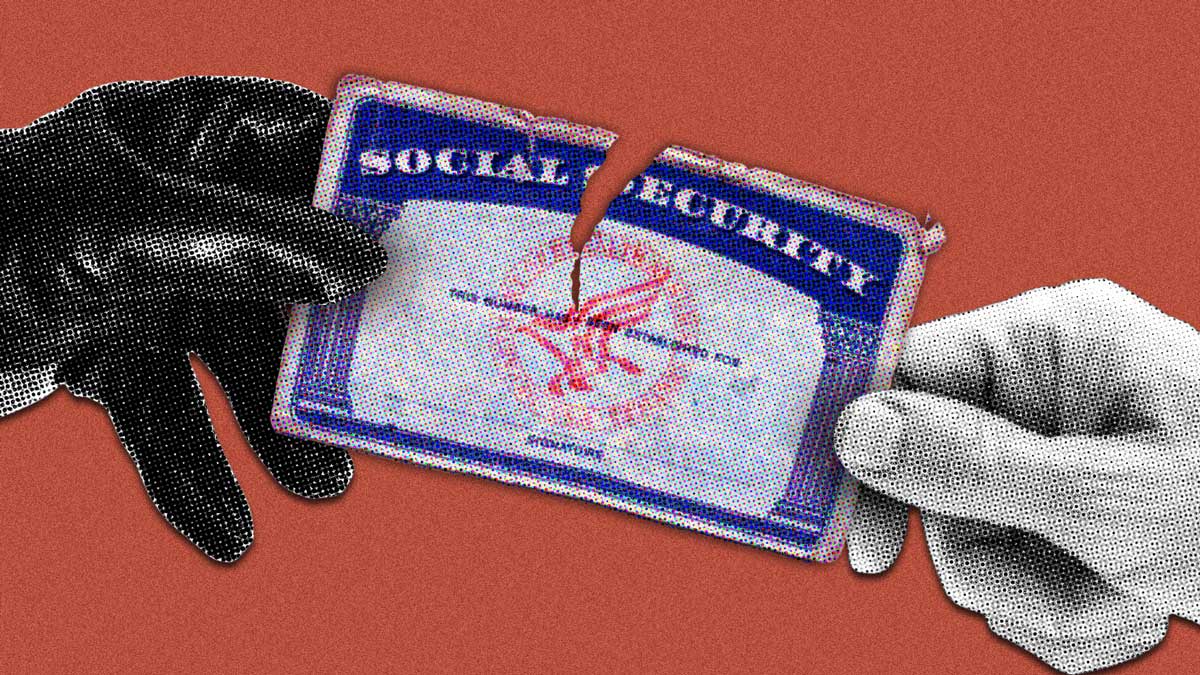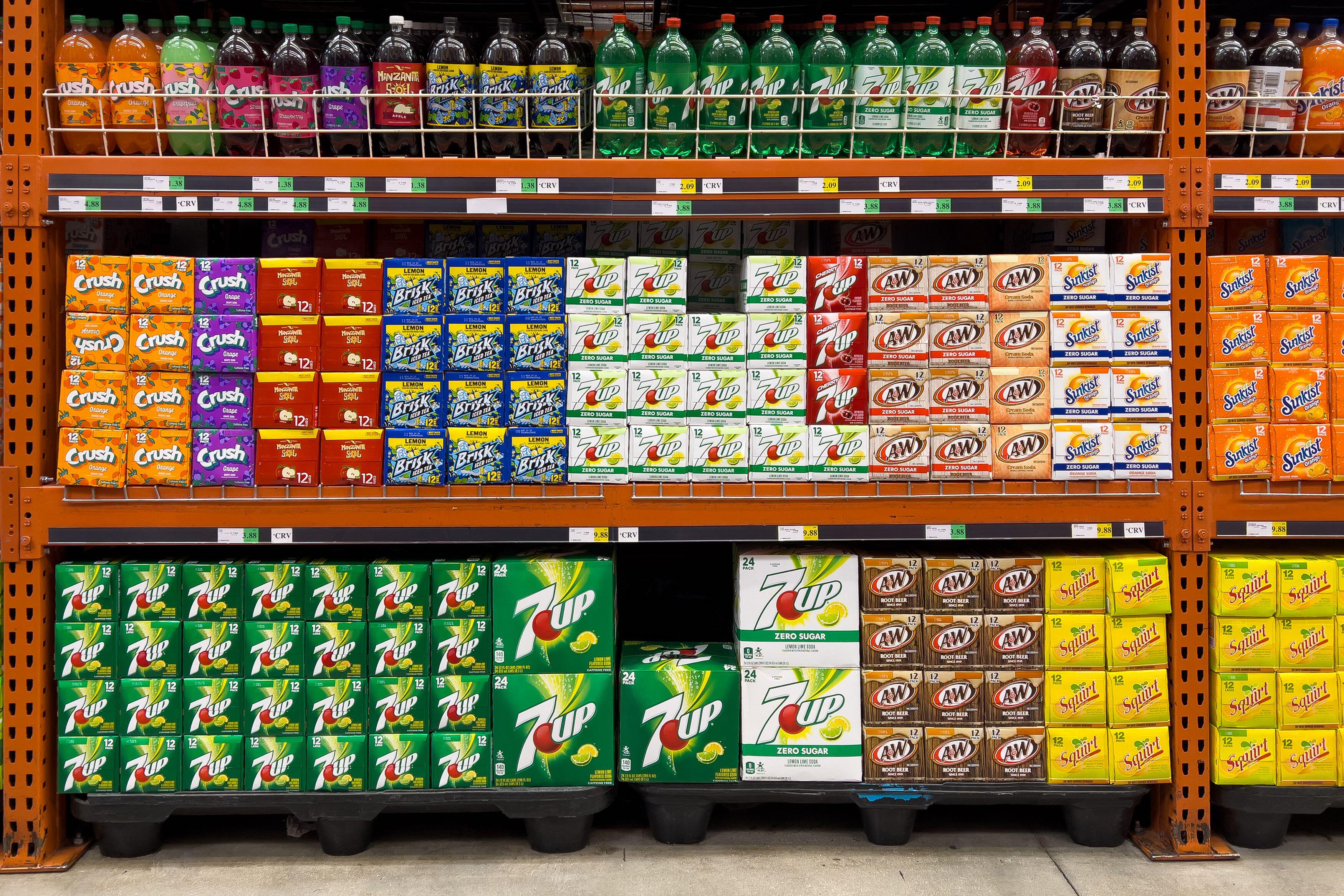Biden's food-stamp boost comes as 30 million U.S. households go hungry
President Joe Biden's order on Friday asking the U.S. Department of Agriculture to increase food stamp benefits and provide more nutrition assistance to children comes as the nation faces a growing hunger crisis. Census data show that 30 million households reported periods of not have enough to eat last month, a sharp jump from before the coronavirus pandemic.
Mr. Biden is taking aim at at hunger across the U.S. by moving to provide more funding for the Supplemental Nutrition Assistance Program, more commonly known as food stamps. His order asks the USDA to allow states to increase their SNAP benefits by 15%. He also wants to enhance Pandemic-EBT, an electronic debit card program for students who otherwise would have qualified for free or reduced-price meals at their local schools.
The executive order also targets the underlying basis for determining a family's food stamp benefits, the so-called thrifty meal plan. Basically a food budget developed in 1975, the thrifty meal plan purports to outline the amount of money that's needed for adults, children and families to pay for enough food to thrive.
Yet the plan assumes families have time to shop in multiple stores to find the lowest possible prices while also having the flexibility to prepare meals from scratch — both of which are unfeasible for many families, regardless of income. Women between the ages of 19 to 50 are budgeted a maximum of $38.50 a week for food under the thrifty meal plan, according to the nonprofit news site The Counter, which covers food issues.
In response to Mr. Biden's orders, the USDA on Friday said it would boost Pandemic-EBT benefits by roughly 15% and also start revising the thrifty meal plan, which the agency called "out of date." The increase in Pandemic-EBT benefits could provide a family with three children an additional $100 in support per month, the White House said.
"Worsen each month"
Advocates for expanding SNAP praised the measures, but said more will be needed given the growing levels of food insecurity facing many families. The Pandemic-EBT program is scheduled to end in September, but millions of children may continue to struggle with food insecurity.
"Families are facing extreme financial hardship, and the number of children in our country who are facing hunger is higher than it has been in many of our lifetimes," Lisa Davis, senior vice president at the nonprofit Share Our Strength, told CBS MoneyWatch. ""Within a matter of weeks, we unraveled 10 years of progress with turning back child hunger."
About 1 in 7 parents in December said their children didn't have enough to eat and they lacked the resources to buy more food, according to Lauren Bauer, Fellow at the Hamilton Project at the Brookings Institution.
In the current crisis, families with children and people of color are disproportionately experiencing food insecurity, which is defined as an inability to provide enough nutritious food to every member of a household. More than 1 in 5 Black and Latinx adults and "many more children" are suffering from food insecurity in the pandemic, the USDA said in a statement.
"These numbers continue to worsen each month," the agency added.
Broader economic gains
The food stamp program, which had been the target of cuts and restrictions by the Trump administration, is considered among the the most effective anti-poverty programs. It's particularly important for children, given the ample research that shows a link between food and performance in school.
"There is a huge body of evidence, growing every day, that links getting enough nutrition to kids' mental and physical development, how likely they are to graduate, and even in lifetime earnings and if they would be able to climb out of poverty," Davis said.
The broader economic benefit of food stamps is that most recipients immediately use them at local grocery stores and other shops, helping to support merchants and their employees, economists note. A $1 billion increase in SNAP spending results in a boost to gross domestic product of $1.5 billion and helps support more than 13,000 jobs, according to a USDA study.
Davis said she'd like to see additional measures to address food insecurity passed through Mr. Biden's $1.9 trillion coronavirus relief plan, which has yet to be taken up by Congress.
Said Davis, "In the next relief package we need to do several things. We need to make sure that the increase in SNAP benefits, which was enacted in December and runs to June, is extended. We need to modernize food stamps — we know the benefits are inadequate."





